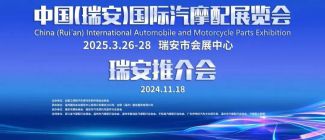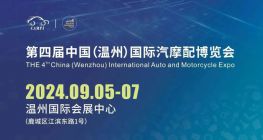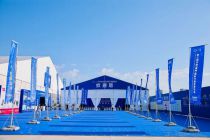From April 5th to 7th, French President Macron paid a state visit to China, accompanied by a high-level business delegation of over 60 people. Among them, relevant leaders include European aircraft manufacturer Airbus, nuclear power supplier Electricite France, and railway equipment manufacturer Alstom.
Coincidentally, the most anticipated Shanghai Auto Show this year is about to open, but the names of Stellantis, the world's fourth largest automotive group, and its CEO Carlos Tavares are not seen on this list. French media have expressed that this means that French automakers have no expectations in the Chinese market.
In fact, perhaps Tang Weishi no longer sees China in his eyes. Last year, the CEO of this multinational automaker stated at the Paris Auto Show that "if we advance the strategy we are adopting now, then we don't need to set up a factory in China", and stated that Stellantis Group can import and sell cars produced in Europe or the United States in the Chinese market.

Subsequently, according to his description, multiple media outlets reported that Stellantis is considering adopting an "Asset light" model for brands such as Peugeot and Citroen in the Chinese market. It is interesting that before this statement appeared, Stellantis Group used the term "light asset" when announcing the termination of its joint venture Guangqi Fick in China.
Lost market, soaring profits
Unlike Markron, when German Chancellor Schultz embarked on his first visit to China five months ago, the German economic delegation accompanying him included Volkswagen CEO Oliver Bloom and BMW Group Chairman Oliver Ziptzer. This may imply that the position of the Chinese market in the hearts of major automotive giants is also significantly different.
Data shows that the six major European car giants Volkswagen, Renault, Stellantis, BMW, Mercedes Benz, and Volvo, as well as the supercar brand Ferrari, have accumulated revenue of 834 billion euros in 2022, an increase of 15%. In terms of net profit, the total amount reached 67.8 billion euros, a year-on-year increase of 22%.
Among them, Stellantis achieved a net profit of 16.8 billion euros. Although its performance in the Chinese market has been deteriorating, it has not hindered Stellantis Group's profitability in the global market. In 2022, its net profit still achieved a growth of 26%.
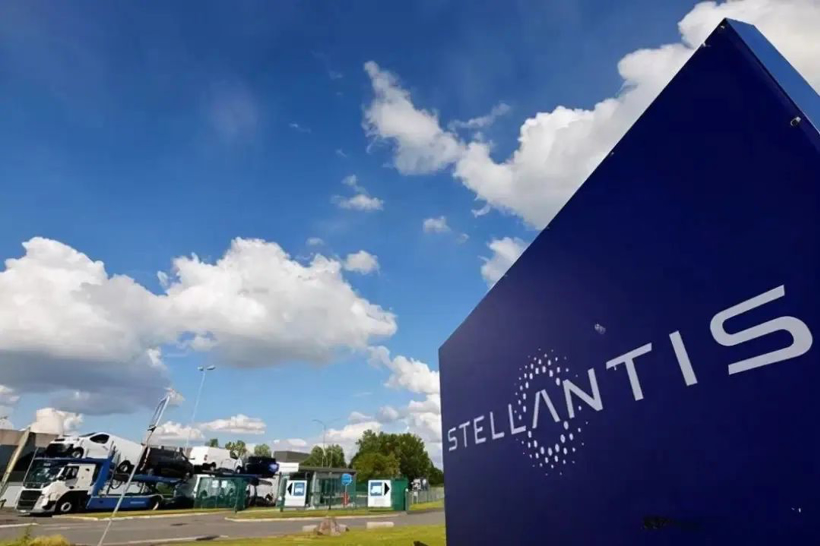
From the perspective of various regional markets, Stellantis has a net profit of over 1 billion euros in Europe, North America, South America, the Middle East, and Africa, while its net profit in China, India, and the Asia Pacific markets only reached 654 million euros, but still increased by 48% year-on-year. Moreover, the adjusted operating profit margin of the group was 13.0%, and the six major sectors of business also achieved varying degrees of growth.
Coincidentally, the East is not bright and the West is bright, as well as Hyundai Motor Group.
2022 marks the sixth consecutive year in which Hyundai Motor's sales in the Beijing Hyundai market, a joint venture in China, have declined. Although Beijing Hyundai did not release its annual sales figures, data shows that the total sales of Hyundai's car brand in China last year were 254000 units, a significant decrease compared to 2021.
On the other hand, the situation in Kia is no different. In 2021, Kia's sales in China were only 163000 vehicles. Last year, Kia's sales in the Chinese market had fallen below the 100000 vehicle mark, and its market share had plummeted.
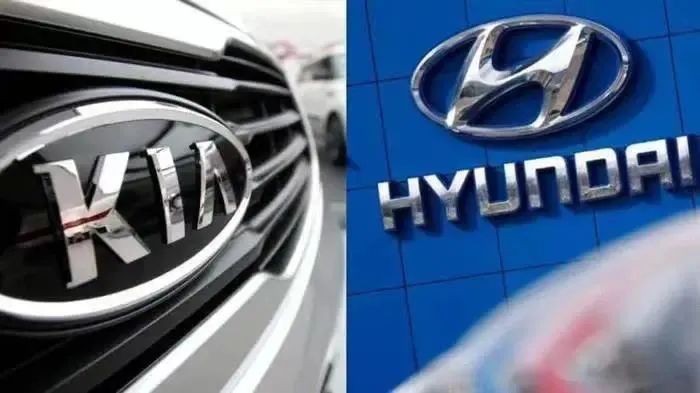
But globally, Hyundai's total global sales in 2022 were 3.944 million units, an increase of 1.4% compared to the previous year; Kia's global total sales were 2.904 million units, a year-on-year increase of 4.6%. Moreover, Hyundai Motor Group's cumulative global sales in 2022 were 6.8482 million vehicles, ranking third in the world after Toyota and Volkswagen.
Even more surprising is that according to the relevant financial reports of the group, Hyundai Motor's total revenue increased by 21.2% in 2022, and its annual operating profit increased by 47%. The net profit was 7.98 trillion won, an increase of over 40% year-on-year. Similarly, Kia's performance was also impressive, with operating revenue increasing by 23.9% and annual operating profit increasing by 42.8%.
Similarly, Renault Group, which announced the transfer of Dongfeng Renault shares in 2020, has seen global sales decline for four consecutive years. In 2022, sales decreased by 9.4% year-on-year to 1.4667 million vehicles (excluding the Russian market). However, in 2022, Renault Group's annual revenue increased by 11.4%, operating profit increased by 2.8%, and automotive operating profit reached 1.4 billion euros.
Leaving China, or going back and forth
Do you still remember the typical conservative "stubborn" Suzuki Xiu? He once openly retorted to reporters, "I will always adhere to my previous marketing strategy. I would rather die than bow to the Chinese market. The final story is that Suzuki sold its shares to Chang'an for 1 yuan and left the Chinese market with a disheveled face.
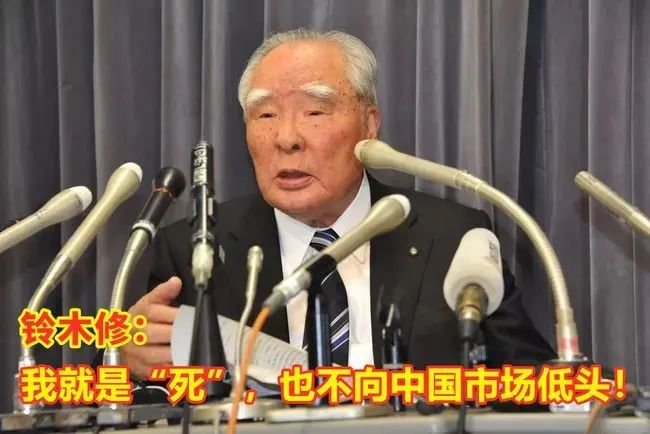
In 2022, Suzuki's cumulative sales for the entire year were 2968494 vehicles, an increase of 7.4% compared to the previous year. Among them, the domestic sales volume in Japan is 602722 units, with the largest proportion in the Indian market, with a total sales volume of 1613625 units. Compared to 2021, the sales of Maruti Suzuki Company in India increased by 15.5%, and its sales in the markets of Central and South America, Oceania, and Africa all reached historical highs.
It seems that Suzuki, who has left China, is striding forward with her head held high. However, considering that Suzuki accounts for more than half of its sales in India, it is obvious that there should also be some sense of crisis.
Because Chinese car companies are accelerating their push towards overseas markets. For example, BYD, which firmly holds the top spot in new energy sales in the Chinese market this year, has chosen India as a new site for "going global".
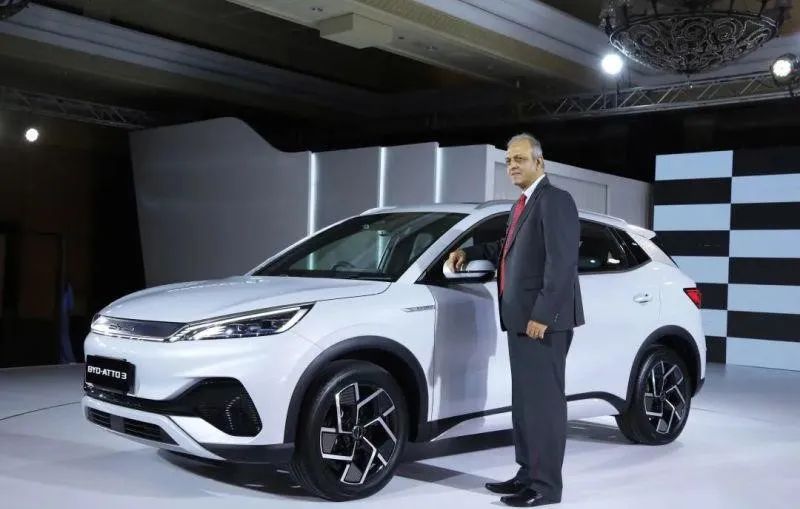
Last October, BYD officially held a brand press conference in New Delhi, India, announcing its official entry into the Indian passenger car market and launching its first model, the ATTO 3, known as the PLUS EV. Since the establishment of its subsidiary in 2007, BYD has invested over 200 million US dollars in India, built two factories with a total area of over 140000 square meters, and gradually launched businesses such as solar panels, battery energy storage, electric buses, electric trucks, and electric forklifts.
In fact, BYD has rapidly expanded its presence in multiple markets in Southeast Asia. According to data from the official website of AutoLife in Thailand, BYD ATTO registered 2434 vehicles in March, winning the sales championship of pure electric vehicles in Thailand for the third consecutive time. In the first quarter, ATTO 3 registered 5542 vehicles, accounting for 37.5% of the total, continuously leading the pure electric passenger car market in Thailand.

Considering that Suzuki's best-selling models in India include the Alto, Celerio, WangonR, and Swift, all of which are smaller hatchbacks, the road to electrification for these models is far from coming. With the rapid advancement of the new energy wave, it seems difficult to resist the impact of Chinese new energy vehicle companies such as BYD, and market share will inevitably be severely challenged.
It can be imagined that for brands like Suzuki, which have already faded out of the Chinese market vision, without the experience of competing with Chinese brands, it is difficult to say that they can have full resistance if they encounter Chinese car companies in the international market at a necessary stage of electrification transformation.
Of course, each market has its own characteristics, but in the critical period of new energy development, Chinese car companies that are gradually overtaking have clearly become more confident.
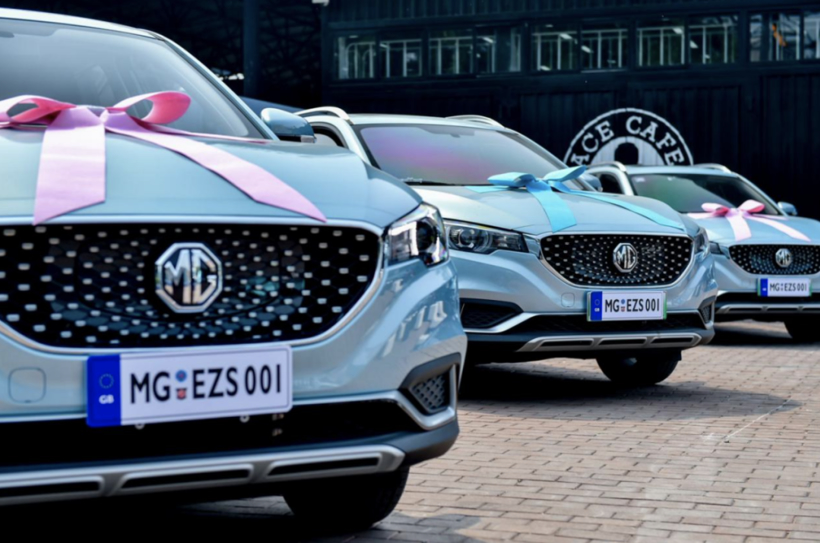
In Europe, MG, Link, Euler, and NIO are all continuously expanding their number of car owners. Taking MG as an example, in 2022, MG sold 113900 new cars in Europe, more than double the previous year's growth rate, second only to Tesla. In March of this year, MG sold 2010 new cars in Germany alone, an increase of 271% month on month.
If the popularity of MG continues the traditional popularity of MG brand in Europe, then Link and NIO are more convincing. In March, LinkedIn's monthly sales in Germany were 429 vehicles, an increase of 356% month on month; NIO has 122 vehicles. Moreover, the sales performance of these two brands mainly relies on one model, namely 01 and ET7, which is even more commendable considering this.
Undoubtedly, the Chinese market has become the world's most fiercely competitive major market in the field of new energy. In the Chinese brand camp, BYD can achieve "equal prices for oil and electricity", while Weixiaoli is constantly breaking through the definition of new era products. Geely, Chang'an, Great Wall, and others are using new energy models to compete in the high-end market.
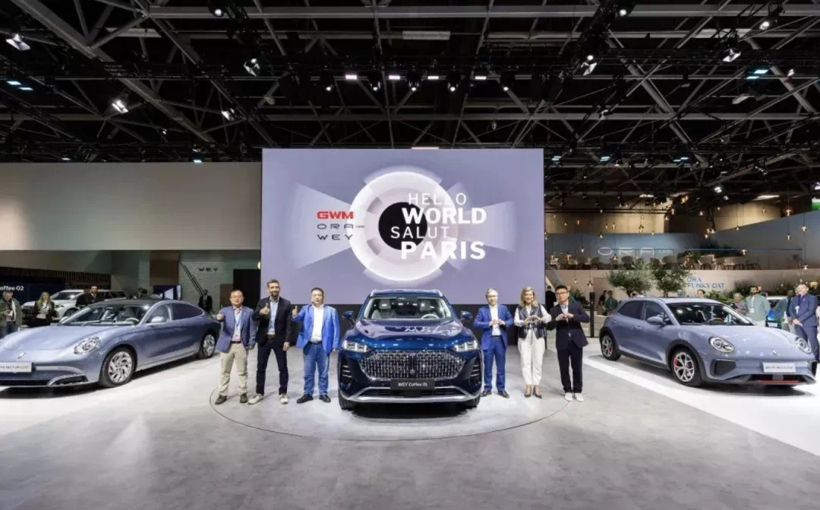
Confucius said, if three people walk together, there must be my teacher. If the Chinese market is avoided, it is difficult to understand and understand the game rules of Chinese brands in the new energy market. How can we talk about "knowing oneself and the enemy, invincible in all battles"?
Therefore, as Chinese brands continue to "go global", overseas car companies that have already lost out in the competition with Chinese brands in the Chinese market may find it difficult to maintain their market share in new markets such as Southeast Asia or South America, which will also be an opportunity for Chinese brands.
Russia is one example. Hyundai and Kia were once the top car companies in Russia in terms of market share. Due to various factors, their sales fell by nearly 60% last year, with their share dropping from 28.3% to 11.2%. This was replaced by the rise of Chinese brands. In 2022, the sales of Chinese brands in Russia increased rapidly, with market share increasing from 9% at the beginning of the year to 37% at the end of the year.
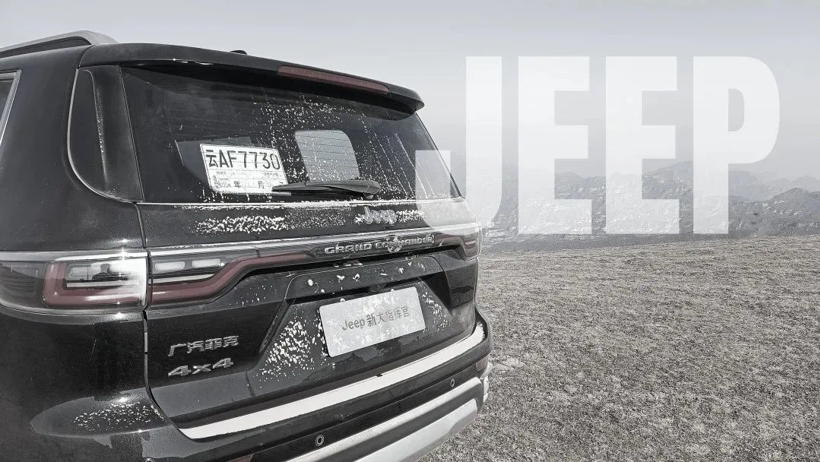
As the saying goes, you can't dodge, but there seem to be few places to hide. With the continuous writing of Chinese brands' "Hai Guo Tu Zhi", companies like Stellantis and Suzuki should feel pressure to exit the Chinese market. It may seem helpless, but globally, there are still several important markets like this that can still be given up.
Next week, the Shanghai Auto Show is about to kick off, and it is clear that many brands within Renault and Stellantis Group that have faded out of the Chinese market may not be able to trace them. However, for the importance of the Chinese market, it is clear that everyone has a scale in their hearts, and how they make choices will also affect future market competition.
AMS2024 Exhibition Guide | Comprehensive Exhibition Guide, Don't Miss the Exciting Events Online and Offline
Notice on Holding the Rui'an Promotion Conference for the 2025 China (Rui'an) International Automobile and Motorcycle Parts Exhibition
On September 5th, we invite you to join us at the Wenzhou Auto Parts Exhibition on a journey to trace the origin of the Auto Parts City, as per the invitation from the purchaser!
Hot Booking | AAPEX 2024- Professional Exhibition Channel for Entering the North American Auto Parts Market
The wind is just right, Qianchuan Hui! Looking forward to working with you at the 2024 Wenzhou Auto Parts Exhibition and composing a new chapter!
Live up to Shaohua | Wenzhou Auto Parts Exhibition, these wonderful moments are worth remembering!
Free support line!
Email Support!
Working Days/Hours!

